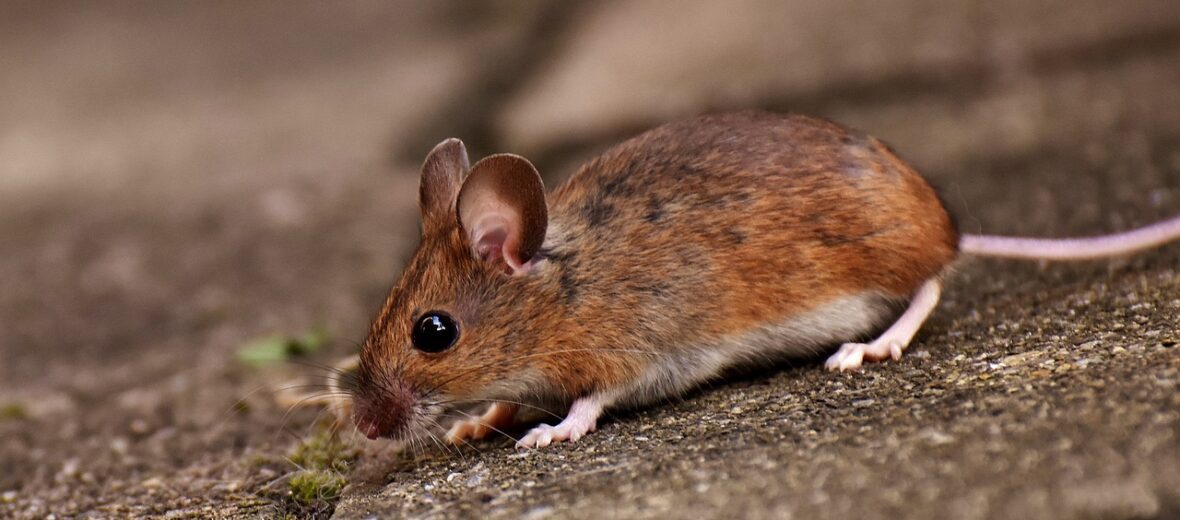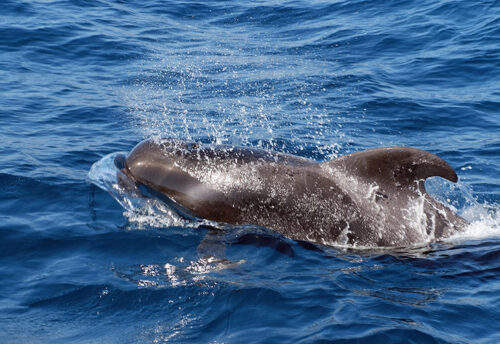
Most people hear the word mouse and immediately think of a pest that invades your house and more specifically your pantry at night, leaving little pellets of poop and stains of urine wherever they travel. Mice are so much more than a pest. They are beneficial critters to our ecosystem and provide food for predators, the world over. They can also jump up to 18+ inches, when needed. With 30 known species of mice around the world, there is plenty to learn about these cute critters.
First the Stats…
Scientific name: Mus
Weight: Up to 1.5 ounces
Length: Up to 4.6 inches
Lifespan: Up to 5 years
Now on to the Facts!
1.) Think your house is mouse proof? Think again. A mouse can squeeze through an opening .24 inches wide. That’s the thickness of a standard pencil.
2.) Typically speaking, mice are nocturnal (active at night). But some are diurnal (active during the day) and some are crepuscular (active at dawn and dusk).
3.) Their primary predators are: cats, dogs, foxes, wild dogs, birds of prey, snakes, and even some lizards.
4.) Mice have poor eyesight. But they make up for this with excellent hearing and smell.
5.) They are driven indoors when it’s cold, rainy, or you have improperly stored food in your house.
But wait, there’s more on the mouse!
6.) Just like rats, a mouse’s teeth never stop growing. Therefore they need to constantly gnaw on tough substances to wear their teeth down, or they’ll end up overlapping and preventing them from feeding.
7.) Mice are able to hear ultrasonic volumes up to 90kHz, they are also able to produce ultrasound for communication purposes between each other.
Did you know…?
They use their whiskers to help find their way around but also to sense changes in temperature.
8.) These cute critters tend to travel next to walls or edges. This affords them some security from aerial predators.
9.) Mice are typically herbivores (eat plant matter) that feed on seeds and grains from plants. They will also take to other food, if the need arises.
10.) Typically, mice are very clean rodents. Their burrows typically have separate locations for sleeping, storing food, and defecating.
But wait, there’s still more on the mouse!
11.) Eating is a full time job for them. A mouse can and does eat up to 20 times a day.
12.) They tend to set up shop near an abundant food source; typically less than 20 feet from their home.
13.) In Northern Malawi and Eastern Zambia, mice are considered a delicacy.
14.) A mouse will use urine as a scent marker to denote territory.
15.) These critters breed up to 8 times a year, producing up to 16 pups each litter!
Now a Short Mouse Video!
Also, check out the Critter Science YouTube channel. Videos added frequently!
Want to suggest a critter for me to write about? Let me know here.



